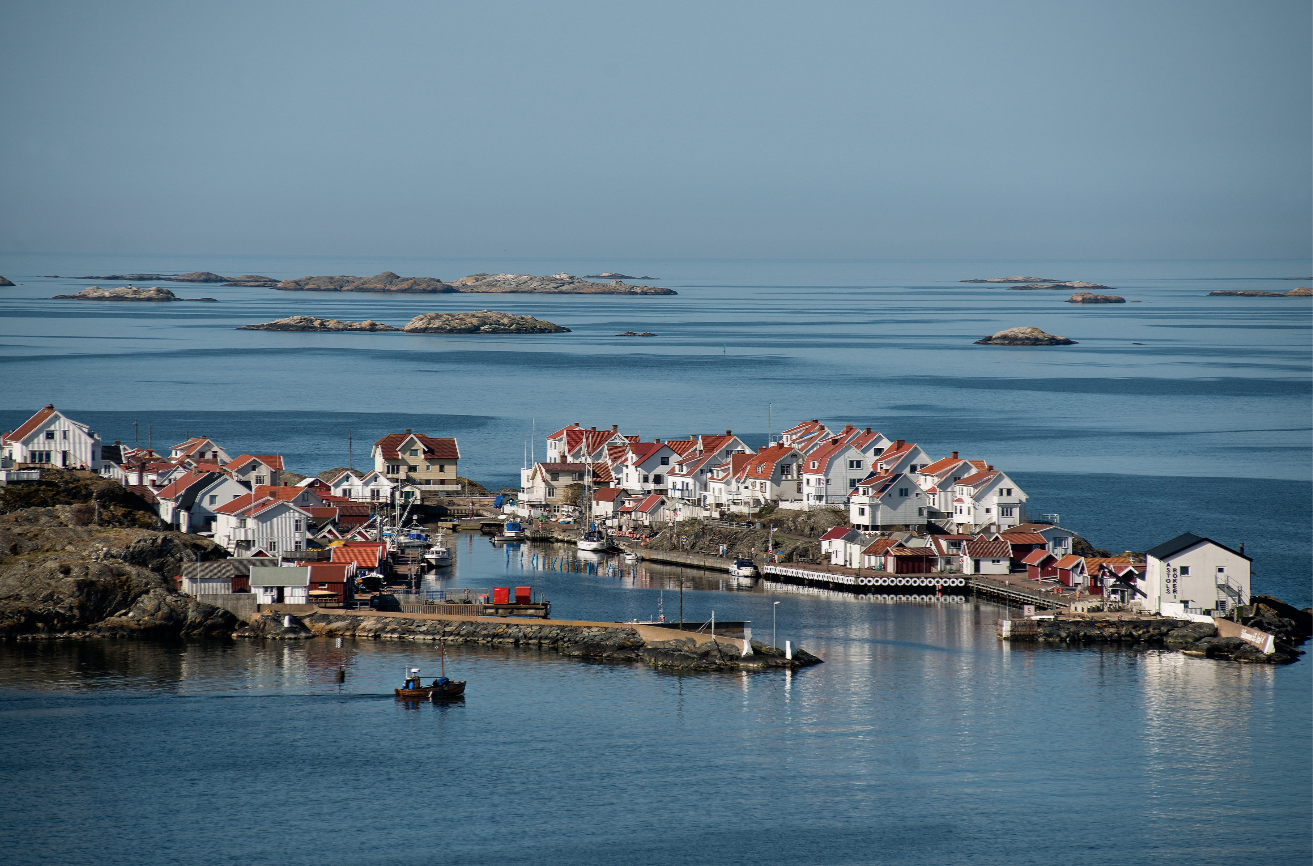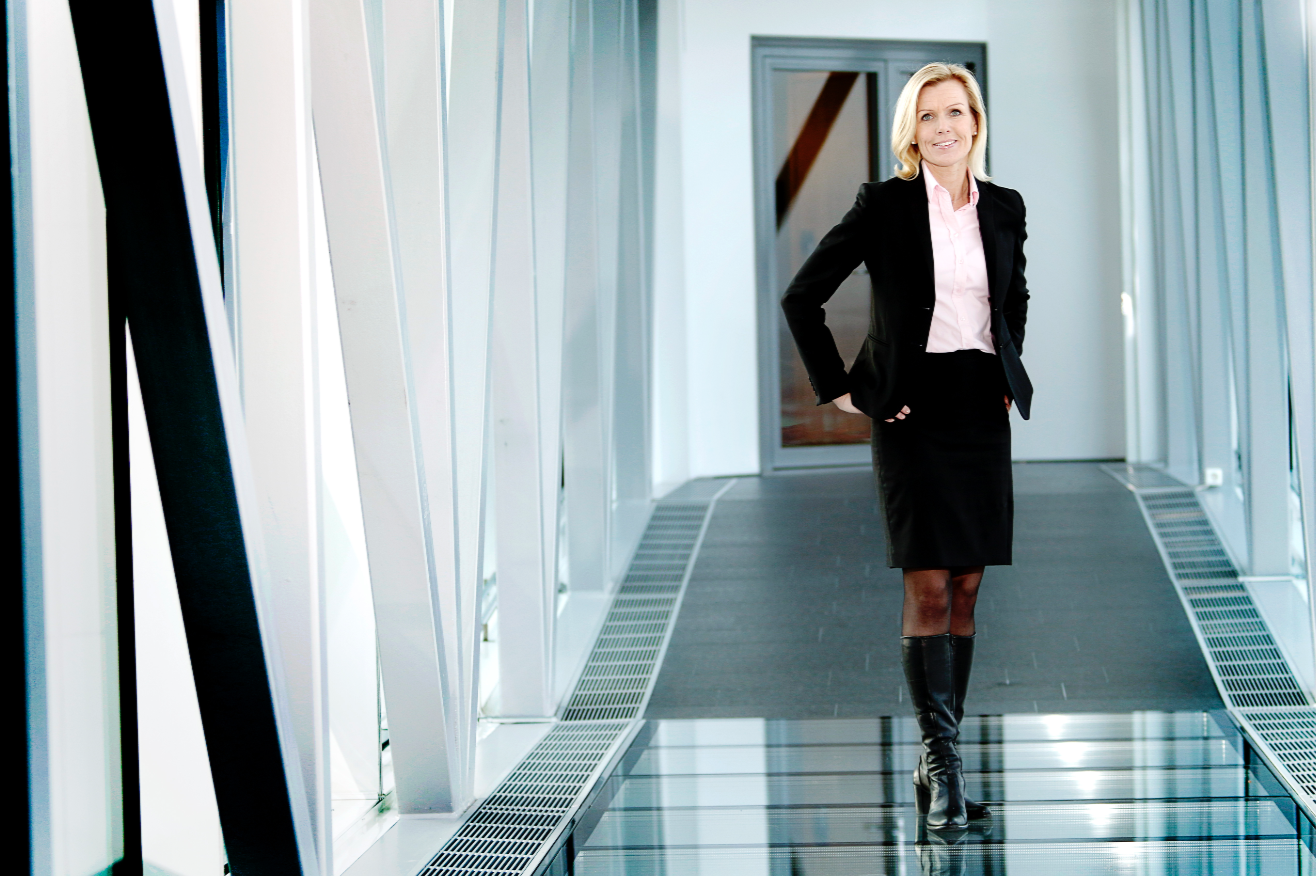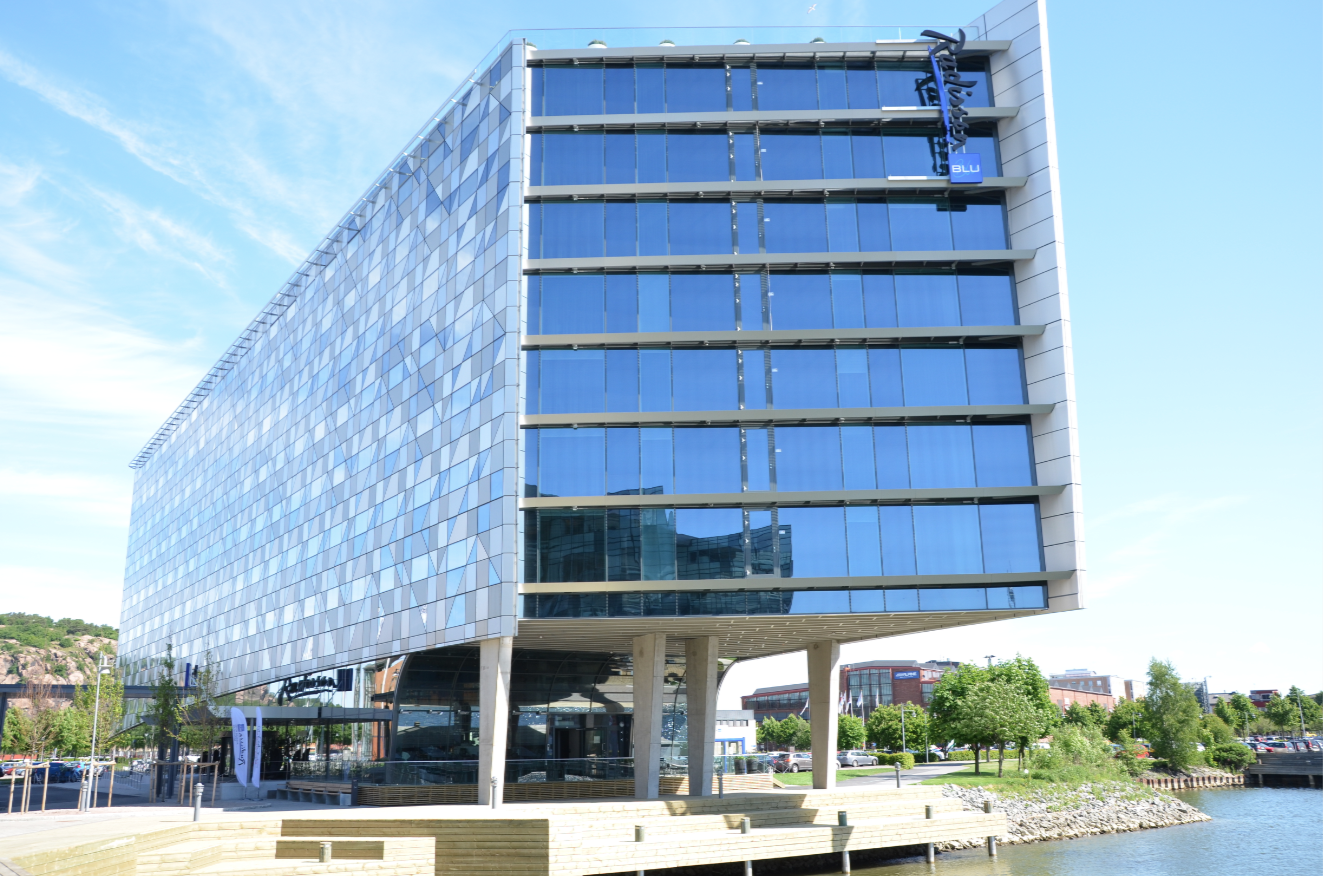Gothenburg’s planners are unafraid to confront the hard questions about MICE innovation as they embark on a series of new builds
In December 2014, the Swedish Exhibition & Congress Centre (SECC)’s Gothia Towers opened its third hotel skyscraper. Now, plans are being finalised to erect two adjacent structures by 2025.
The sleek mirrored towers will act as standing monuments to the city’s escalating MICE demand. But, as Gothenburg grows, reflecting on what makes it special is more important than ever.
The investment was a brave one. The SECC, which is currently revamping its entrance as part of an SEK5bn injection to improve the venue by 2030, is owned by a financially independent foundation. The recent upswing in visitors however, has made the business case obvious.
With Gothenburg’s 400th anniversary coming up in 2021, Göteborg & Co CEO Camilla Nyman says the foundational structures and scale of Gothenburg still underpins the destination, providing a value that serves MICE travellers to this day.
“If you overlay Hyde Park in London onto Gothenburg, it maps neatly into the centre, showing how walkable we are. We thought of this when reflecting on our anniversary We have a park, museums, galleries and scientific and educational facilities all within such a small space. No one would plan a city like that today, but we say ‘thank you’, because this gives us a fantastic possibility when competing for events.”
Indeed, Gothenburg has 9,000 hotel rooms within 20 minutes walk, and its venues are also uniquely concentrated in the heart of the city. The SECC is located beside multipurpose indoor arena The Scandinavium, which is near Ullevi outdoor stadium and football stadium Gamla Ullevi arena.
Resultantly, a sporting and cultural theme is prominent in the city, and an all-new arena is set to be built in the same vicinity. “We all know the arena is coming, and the proposed site is right within our footprint,” says Carin Kindbom, the SECC president and CEO. “The wider activity going on in Gothenburg is really boosting us as a venue, but our events also help increase the demand for new builds so it works both ways.”
“We offer an all-under-one-roof concept that now has five restaurants providing grab and go food to Michelin star dining. We’ve gone from having 700, to 1,200 rooms, and by 2030 we plan to have 2,000. We also plan to expand from 41,000 to 55,000sqm of flexible meeting areas. Most of our business comes from Europe, but Asian and American visitation is growing,” adds Kindbom.
Dramatic changes to Gothenburg’s cultural scene, including Way Out West festival, which this year celebrated a decade of entertainment, have helped build the city’s hipster cred while Stay Out West has given exposure to its wider venue scene via the partner events it comprises.
Meanwhile, passengers at Landvetter Airport increased by almost 50 per cent since 2006 from 4.3m to 6.4m today. Unsurprising, given that major Swedish businesses including car giant Volvo is located near Gothenburg. AstraZeneca meanwhile, schedules the only flight from obscure English airfield Cambridge Airport to encourage international collaboration between staff.
Despite this, Gothenburg, however, has spun this outsider status to its advantage.
“We try not to compare ourselves to Stockholm, which I still believe is one of the most beautiful cities in the world, but I prefer living here. Life is slower, but better quality. We’re by the sea and the forests, but you still get a rich culture,” says Nyman.
And this appeal is not overlooked by the MICE crowd. “If an exhibition or event organisation decides on a destination without site visits, we know we have a low chance of winning it. However, when site visits occur, our chances go up to 70 per cent. On a global scale, we are still relatively unknown, and that means people need to invest 36 hours to be here. However, while in other cities you’ll be stuck in a hotel and no one will know that you’re there, we’re different, and people are often overwhelmed.”
Despite this, capturing the exhibition market going forward is acknowledged as a challenge, partly for reasons that apply globally. “There are now fewer product launches at exhibitions,” Nyman says. “Most large companies prefer to do launches in their own way. We need to establish why it’s important to be in the same place with your competition, and the SECC is looking at how it can contribute to the investments of all parties and helping them find relevance in exhibitions.”
A major exhibition success story is Gothenburg Book Fair, a 30-year-old exhibition that constantly challenges the SECC, using the entirety of its space. “The Book Fair attracts 100,000 people and fits in with the lifestyle image of the city,” says Kindbom. “The exhibition has embraced digitalisation, like all our exhibitions. For a time there was a fear that digitisation could pose a threat, but now we see that there’s no conflict, rather the opposite. Digital options increase your meeting experience and extend the meeting in itself.
“Events like Esmart, Vitalis and Ehealth have also embraced digital, and have grown by 35 per cent in two years. This has spurred on the need for new exhibition and event space. We are listening to the market for ideas on how to best optimise this space.”
Nyman adds that exhibitions, which embrace interactivity and provide targeted seminar programmes can successfully appeal to the younger generation. “There is a dip in young people seeing what is in it for them when it comes to exhibitions. Online can be a competitor when it comes to finding products and services. It’s about finding the trigger for them to go and interact with others.
“In ten years people say shopping malls will be dead. We are in a paradigm shift. Our destination strategy plan needs to look at where we make a difference.”
There’s an added onus on organisers to produce a truly quality exhibition, Nyman adds. “A launch must be unique, efficient, professional, inclusive, but also interactive. We, as an unknown destination, have a competitive advantage. We are trustworthy, informal, and we deliver on time. We want you to reach out to the city life. We want you to take advantage of the world expertise.”
During EW’s five day’s in Gothenburg, we disovered a city that stood up to extensive exploration. Koka, a Michelin starred restaurant, embodied the city’s understated, but revealing character. Meanwhile, its boutique event spaces turned up ever-surprising and tasteful décors.
Gothenburg’s various new builds will enhance its professional standing, but the city’s calm demeanour, efficiency and eye for innovation are what created the need for such ambitious construction in the first place.
----
Radisson embraces Gothenburg’s collaborative spirit
Lindholmen Science Park, an international ‘collaborative environment’, has welcomed Radisson’s MICE partnerships
Collaboration is one of Gothenburg’s defining values, and Lindholmen Science Park is a stand out example.
The international hub for research, innovation and education specialises in transport, ICT and media is located in Gothenburg, Sweden, on the island of Hisingen and its inhabitants are particularly keen to embrace the greater good as well as their own interests via partnerships.
Lindholmen’s Radisson Blu Riverside Hotel, which opened in 2013, partners with the nearby Lindholmen Conference Centre to allow its guests access to the MICE facilities.
The venue, meanwhile, is partnered with the local Gothenburg University, which also partners with the local technology and science orientated businesses including operators Volvo Group, Ericsson, Volvo Cars, Business Region Göteborg, TeliaSonera, Saab, and the Swedish Road Administration.
“One of the things people point out is the closeness of all of us and how we like working together and contributing to a better city. We are confident, we know we try to work hard,” Nyman says.
Radisson Blu Riverside Hotel features 265 rooms, while its restaurant and bar, The Cuckoo’s Nest, provides the perfect spot for guests. Flexible, modern conference spaces are available for up to 68 guests.












